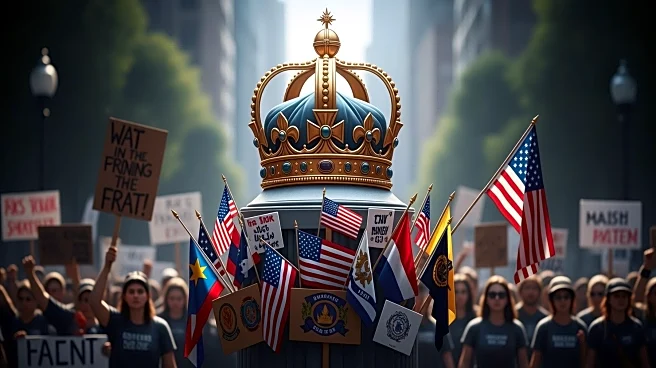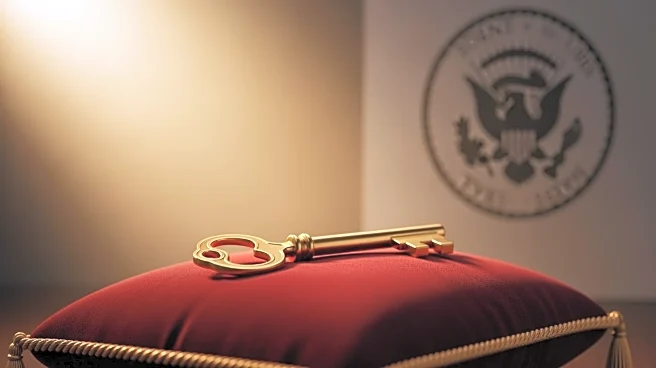What's Happening?
Politicians across the United States are increasingly using fitness challenges as a means to connect with voters and showcase their physical prowess. The 'Pete and Bobby Challenge,' which involves completing
50 pullups and 100 pushups in five minutes, has gained popularity among political figures. Notable participants include the Secretary of Defense and the HHS Secretary, although the former's form was criticized. Senator Markwayne Mullin also participated, completing the challenge in 3 minutes and 33 seconds. This trend is part of a broader movement where politicians use social media to post workout videos, aiming to appeal to health-conscious voters.
Why It's Important?
The use of fitness challenges by politicians highlights a shift in campaign strategies, where physical fitness is leveraged to appeal to younger, health-conscious demographics. This approach taps into the public's appreciation for attributes like attractiveness, vigor, and health, which are traditionally valued in political figures. By showcasing their fitness routines, politicians aim to build a relatable image that resonates with voters who prioritize health and wellness. This trend reflects a broader cultural shift towards valuing physical fitness as a component of political identity and public appeal.
What's Next?
As the trend of politicians engaging in fitness challenges continues, it is likely that more political figures will adopt similar strategies to enhance their public image. This could lead to increased scrutiny of their fitness routines and the authenticity of their efforts. Additionally, the integration of fitness into political campaigns may influence public expectations, potentially prompting voters to consider physical fitness as a factor in their electoral decisions. Political leaders may also face pressure to maintain their fitness levels and demonstrate genuine commitment to health and wellness.
Beyond the Headlines
The emphasis on fitness in political campaigns raises questions about the intersection of personal health and public service. It challenges traditional notions of political leadership, where intellectual and policy-driven attributes were prioritized over physical appearance. This trend may also spark discussions about the role of social media in shaping political narratives and the potential for superficial metrics to overshadow substantive policy debates. Furthermore, it highlights the evolving nature of political engagement, where personal branding and lifestyle choices play a significant role in voter perception.











